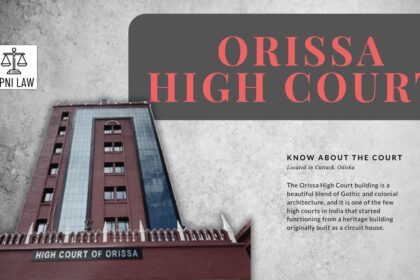CrPC Section 434: Concurrent Power of Central Government in Death Sentence Cases
1. Code
Section 434 of the Code of Criminal Procedure, 1973 (CrPC) deals with the power of the Central Government in cases where a sentence of death has been passed.
2. Explanation
This section outlines the concurrent power of the Central Government to review and decide on the execution of death sentences. While the High Court or Supreme Court passes the death sentence, the final authority to decide on the execution rests with the Central Government. It can either confirm the sentence and allow the execution to proceed or commute it to a lesser punishment, such as life imprisonment.
3. Illustration
Imagine a case where an individual is convicted of murder and sentenced to death by the Supreme Court. The President of India, acting on the advice of the Central Government, can then review this sentence. The government can decide to confirm the sentence, leading to the execution, or commute it to life imprisonment, preventing the execution.
4. Common Questions and Answers
Q: Can the Central Government directly impose a death sentence?
A: No, the Central Government only has the power to review and decide on the execution of a death sentence already passed by the High Court or Supreme Court.
Q: What factors does the Central Government consider while reviewing a death sentence?
A: The Central Government considers various factors, including the nature of the crime, the circumstances of the case, the conduct of the convict, and any mitigating circumstances. They also consider the views of the relevant authorities and the public opinion on the matter.
Q: Can the Central Government commute a death sentence to something other than life imprisonment?
A: Yes, the Central Government has the power to commute a death sentence to any lesser punishment prescribed by law.






